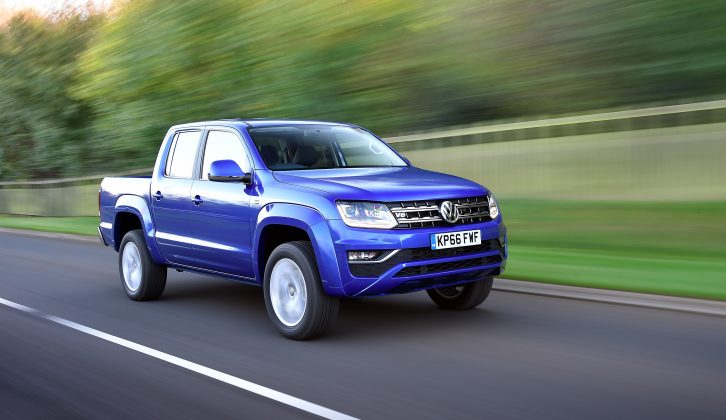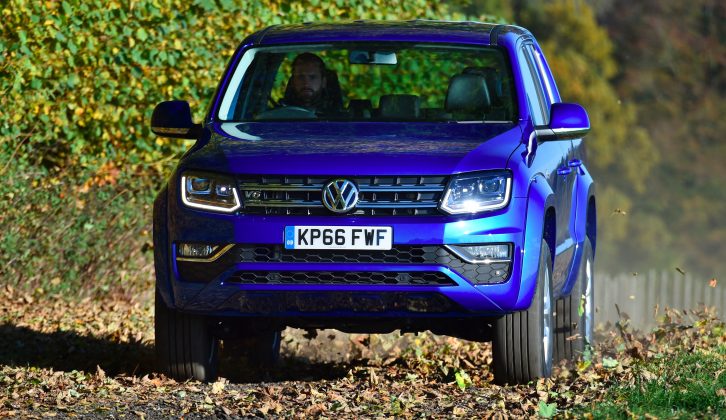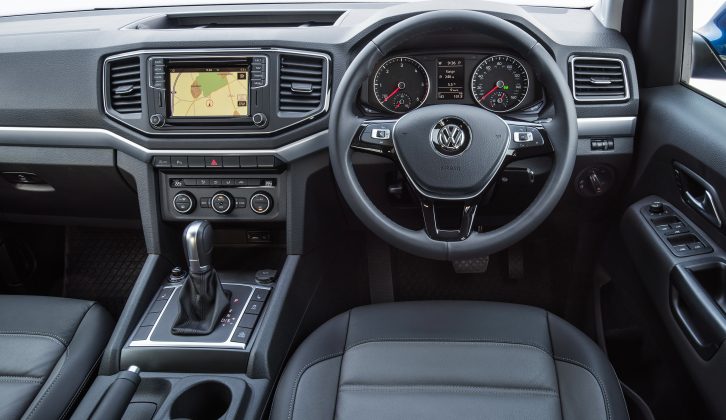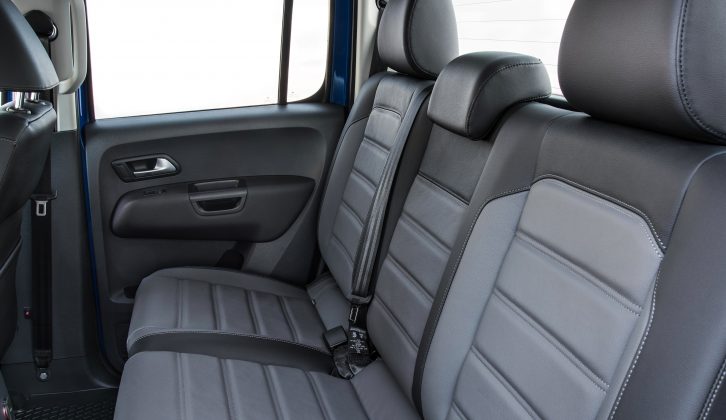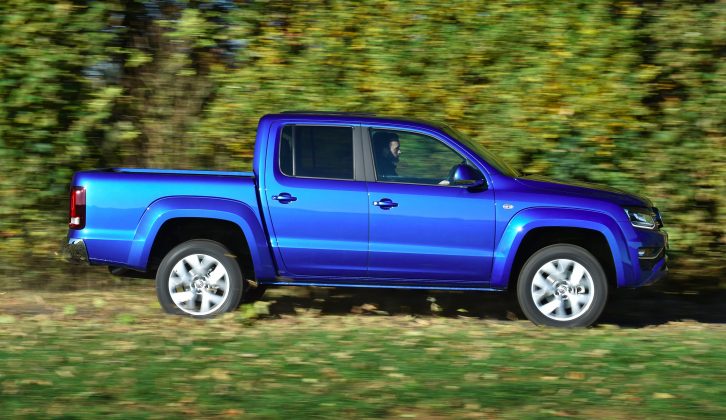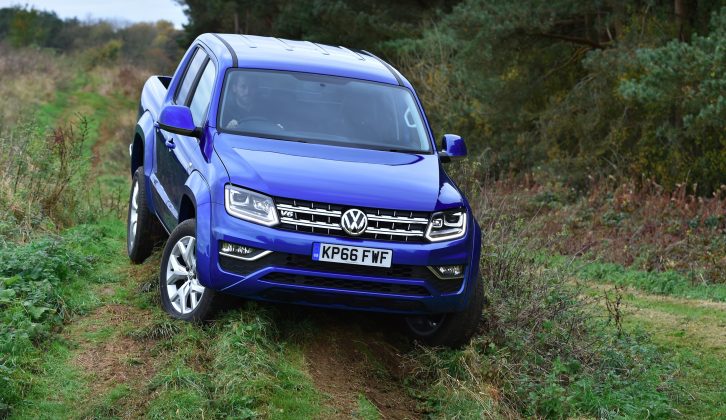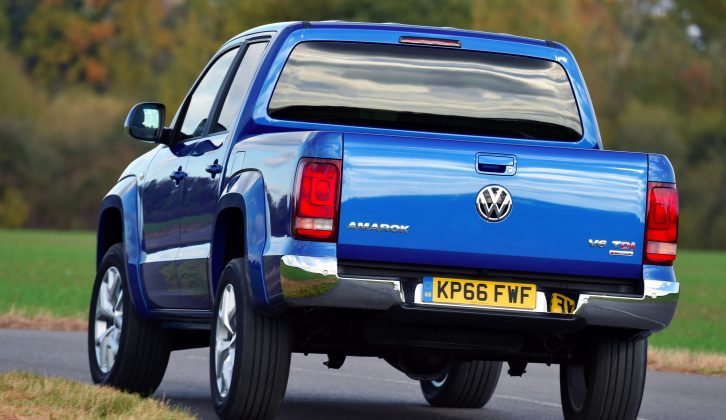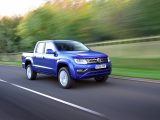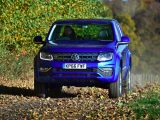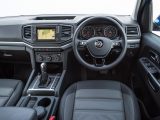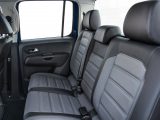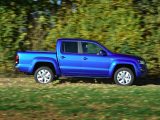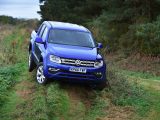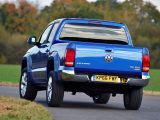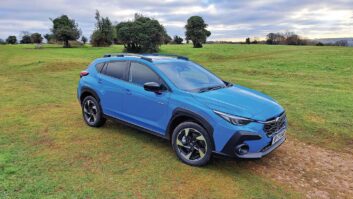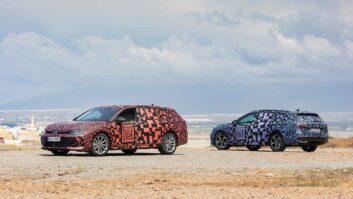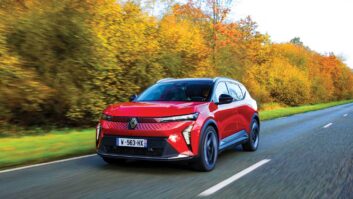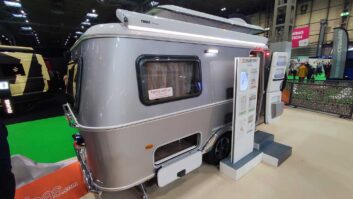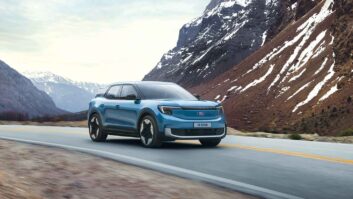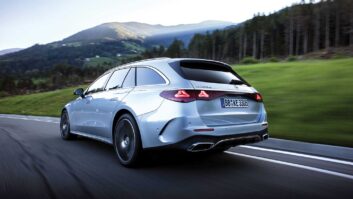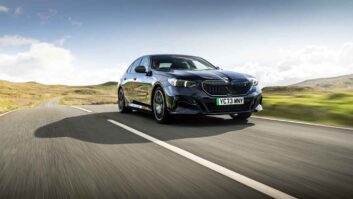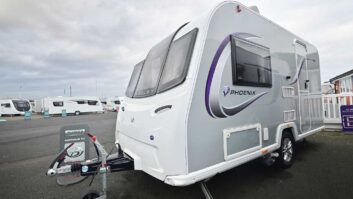When Volkswagen launched the Amarok in the UK in 2011, I remember thinking it was the most civilised double-cab pick-up I’d driven.
Standards move on, though, and the latest Mitsubishi L200 and Nissan Navara have upped their game.
The Amarok has held its own against newer opposition, with 2015 being the VW’s strongest year in terms of sales. But the time is right for an update.
On the outside, changes are subtle. There’s a revised bumper and grille to bring the Amarok into line with more recent VW designs. The underpinnings are fundamentally the same, too. And VW has stuck with tough and durable leaf springs for the rear suspension.
Under the bonnet
The biggest change is to the engine line up. Out goes the old 2.0-litre engine, and in comes a 3.0-litre V6 diesel. In an era of downsizing it’s unusual to see a manufacturer go for a higher capacity engine with a couple of extra cylinders, but the change is welcome for anyone with heavy-duty towing to do.
What’s more, economy and emissions figures are comparable with the old engine’s. The most powerful version achieves 36.2mpg on the combined cycle and emits 204g/km of carbon dioxide.
Later next year, the engine will be available in three states of tune: 163PS (161bhp), 204PS (201bhp) and 224PS (221bhp). If you want to get your name down now for one of the first cars to be delivered early next year, then you’ll need to choose between the two higher-powered versions.
All models have four-wheel drive, selectable with a manual gearbox and permanent with an automatic. The availability of the six-speed manual and eight-speed automatic transmissions varies depending on the engine chosen.
VW expects the most powerful, high-spec models to prove most popular, despite price tags which leave clear daylight between the Amarok and its best rivals.
The 3.0 V6 224PS 4×4 Aventura costs £32,865 excluding VAT (most pick-ups are bought by businesses with the VAT element of the purchase price reclaimed). Including VAT, the cost comes to £39,381.
That’s serious money when the top-spec Mitsubishi L200 is £25,699 excluding VAT and the Nissan Navara range tops out at £27,022.50 without VAT.
Value for money?
However, the Amarok has more power and torque than either of these pick-ups. The high-powered engine has a huge 406lb ft of torque from 1400rpm to 2750rpm. The L200 has 317lb ft, and the most powerful Nissan has 332lb ft.
Volkswagen claims a 0-62mph time of 8.0 seconds for the top-spec Amarok. As one of my colleagues pointed out, that’s around a second quicker than the original VW Golf GTI.
It really is in a different league in performance terms to most other pick-ups. And while the 3.0-litre engine is quite loud when accelerating, it’s smoother and more cultured than the four-cylinder diesels in the Amarok’s rivals.
It’s a shame the eight-speed auto isn’t consistently smooth, with some gearchanges slipping by almost unnoticed but others being disappointingly jerky. There’s a sport mode for the gearbox if you want the engine to hold a lower gear for longer, which should prove useful when towing.
With a kerbweight of 2176kg and a legal towing limit of 3100kg, most caravans should make sensible matches. Stability-wise, the Amarok has heft on its side, although the suspension is rather bouncy at the back.
Testing a pick-up with the load area empty doesn’t really play to its strengths – the VW Amarok Aventura has a payload of 1114kg, after all – but even unladen a Nissan Navara is more settled on country roads.
Whether driving down a meandering lane or threading through narrow urban streets, you never forget the Amarok’s size. At 5.25 metres long and 2.23 metres wide it needs real care in car parks and tight gaps.
But the turning circle is relatively compact and the steering is very light. That helps with low-speed manoeuvring, but a little more heft on the move would be welcome.
Space and comfort
Inside, Volkswagen has updated the interior featuring a new-look dashboard with a touchscreen infotainment system. The standard of finish is more upmarket than the Amarok’s rivals’ – but then so it should be given the price difference.
If you’re travelling in the front there’s plenty of space. In the back there’s enough room for adults to travel in reasonable comfort, and the VW Amarok’s prodigious width means there’s space to sit three abreast without knocking elbows.
Safety equipment has been updated as part of the facelift. As well as four airbags and stability control, there’s now Volkswagen’s Automatic Post-Collision Braking System, which reduces the likelihood or severity of a second impact in an accident.
The new Amarok hasn’t been tested by Euro NCAP, but the old model achieved four stars out of five when tested in 2010.
Does the refresh put the latest VW Amarok back at the top of the class? For pulling a heavy tourer the muscular 3.0 V6 diesel is a definite advantage. Although as with any pick-up it’s worth checking your caravan’s handbook to see if there’s a warning against towing with a commercial vehicle.
However, the Mitsubishi L200 and Nissan Navara are both better value.
It's unusual to see a higher capacity engine with a couple of extra cylinders, but it is welcome for anyone with heavy-duty towing to do
